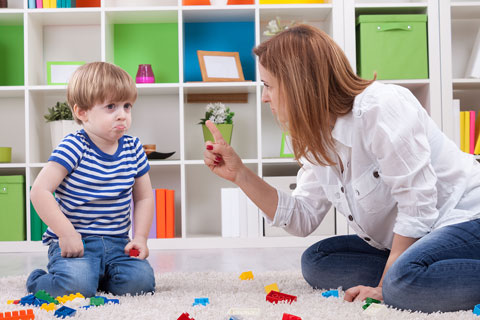How to remodel child behaviour with good parenting technique

As parents, we all want the best for our children. Sometimes, however, dealing with challenging behaviour can leave us feeling frustrated and at a loss for effective solutions. But rest assured, there are effective solutions available. Remodeling child behaviour requires a combination of understanding child psychology, implementing appropriate parenting techniques, and seeking guidance from professionals such as paediatrician. These experts can offer tailored advice based on their expertise and knowledge of child development.
By comprehending the underlying reasons behind their actions, you can better address their needs and help them develop more positive behaviours. Implementing appropriate parenting techniques is crucial in creating a nurturing environment for your child. Consistency, clear communication, positive reinforcement, and setting reasonable boundaries are all important aspects of shaping their behaviour. By being firm yet understanding, you can guide them towards desirable actions.
By adopting these strategies, you can create a nurturing environment that promotes positive behaviour in your child. Let’s explore practical techniques and expert advice on how to remodel stubborn or crying behaviours effectively.

1. Stay calm: It’s important not to let frustration escalate the situation further. Take deep breaths and remain composed while addressing the behaviour.

2. Understand triggers: Identify what triggers your child’s challenging behaviour so that you can proactively manage those situations or help them cope better when confronted with triggers.

3. Offer choices: Give your child limited options within acceptable boundaries so they feel empowered and more cooperative while still respecting rules set by you.

4. Positive reinforcement: Praise and reward good behaviour consistently instead of focusing solely on negative actions – this will motivate your child towards adopting positive habits over time.

5. Consistent consequences: Establish clear consequences for undesirable behaviours but ensure they are fair and age-appropriate for effective learning opportunities rather than punishments alone.
Remember that every child is unique, so what works for one may not work for another entirely – be patient during this process as consistent efforts yield long-term results.




